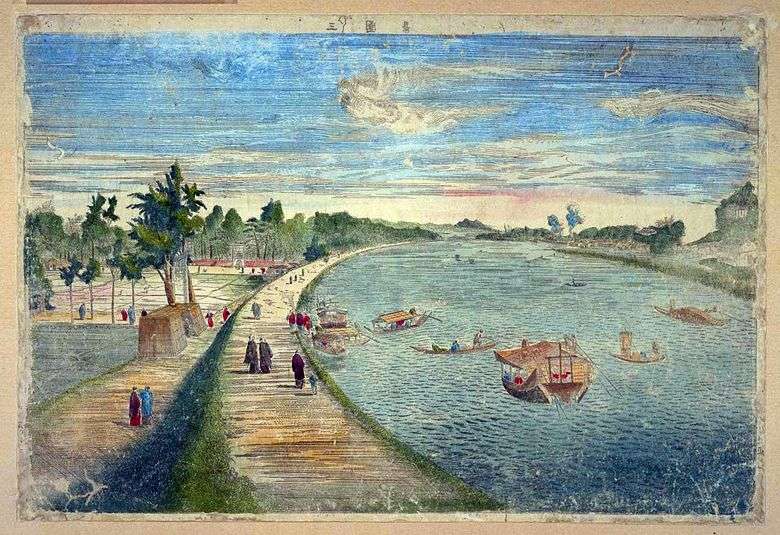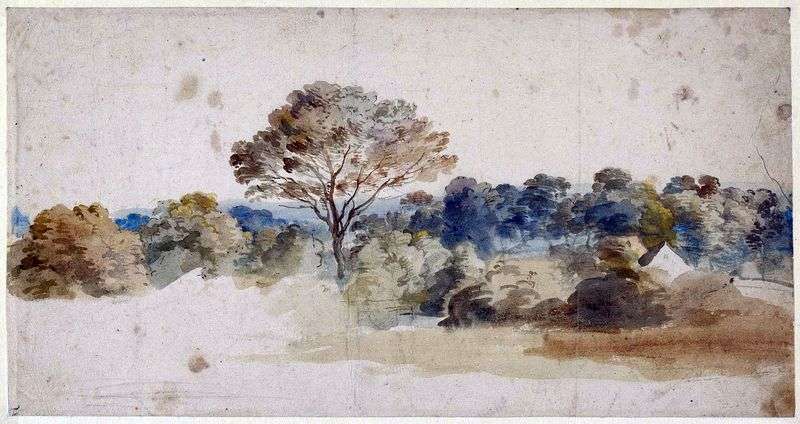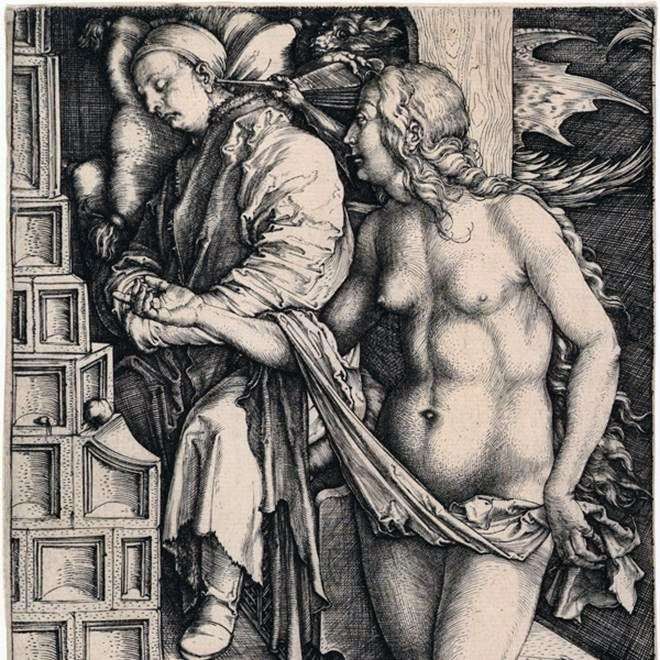
Despite the fact that early ukieh can not be considered landscapes in the full sense of the word, the activities of Masanobu, Kokan and their followers are the first, but very important step in shaping the landscape as an independent genre of Ukiyo-e.
The next stage of this process is connected with the name of Utagawa Toeharu. His perspective engravings differ markedly from the ukie of the previous period. Studying the laws of perspective and chiaroscuro, he was the first among the masters to copy Dutch etchings, and also used them in independent compositions much more confidently than his predecessors.
Toeharu was the first to create polychrome ukie, which greatly enriched the artistic solution of his works. And finally, in some of them he manages to convey not only the more or less precise appearance of the depicted terrain, but to some extent also the state of nature. Such engravings are typologically close to the actual landscape – Ukiye-e, the final design of which refers to a later time.
Ukiye, whose popularity was extremely high in the 1770s – 1790s, had a noticeable impact on the traditional engraving – Ukiye-e. Many masters, working mainly in the genres of biding and yakusya-e, occasionally turned to “perspective paintings.” Among them are Torii Kienaga, Kitagawa Utamaro, Katsukawa Sjunse, Kitao Sigemasa and others. In the works of these artists, the first attempt is made to combine the techniques characteristic of “perspective paintings” with the decorative qualities of polychrome engraving.
 Vista de Mimeguri – Siba Kokan
Vista de Mimeguri – Siba Kokan Yajima Kihei Mitsunobu by Utagawa Kuniesi
Yajima Kihei Mitsunobu by Utagawa Kuniesi Actor Otani Oniji II as servant of Edoheus by Toshusai Syaraku
Actor Otani Oniji II as servant of Edoheus by Toshusai Syaraku Vue de Mimeguri – Shiba Kokan
Vue de Mimeguri – Shiba Kokan A large “recursive engraving” with the image of all the stars of the theater by Okumura Masanobu
A large “recursive engraving” with the image of all the stars of the theater by Okumura Masanobu Morning mist in Mishima by Ando Hiroshige
Morning mist in Mishima by Ando Hiroshige Landscape by Anthony Van Dyck
Landscape by Anthony Van Dyck Seduction lazy. Engraving by Albrecht Durer
Seduction lazy. Engraving by Albrecht Durer